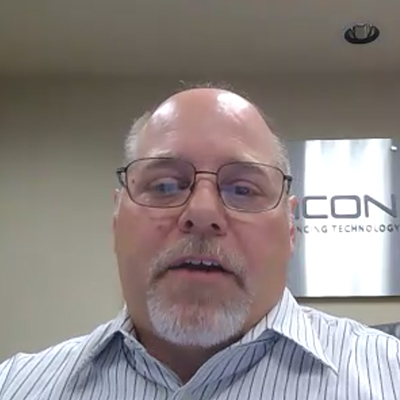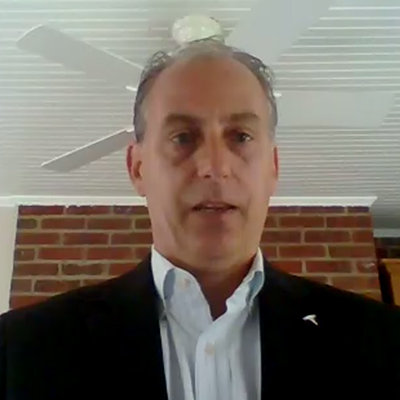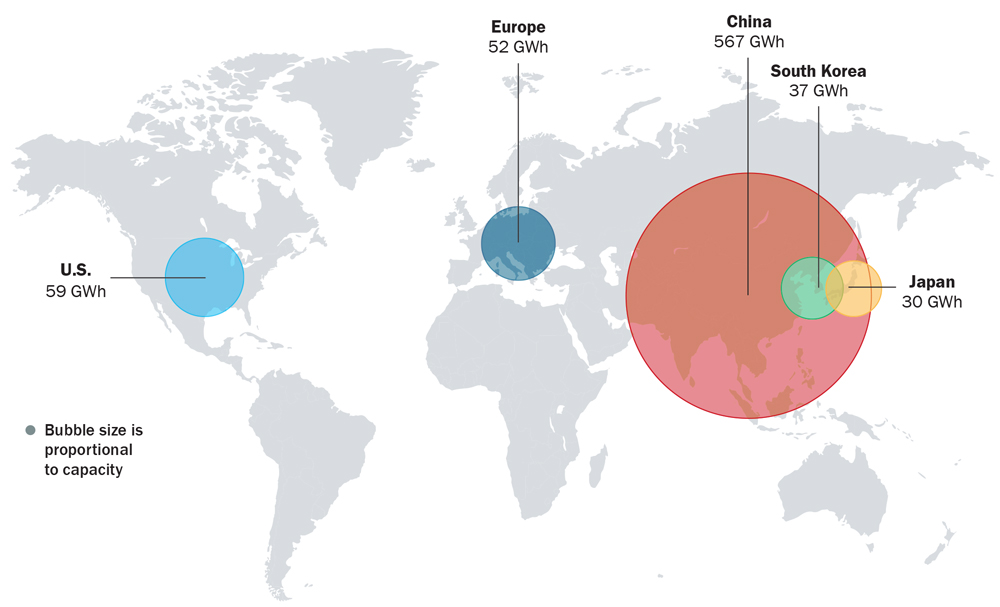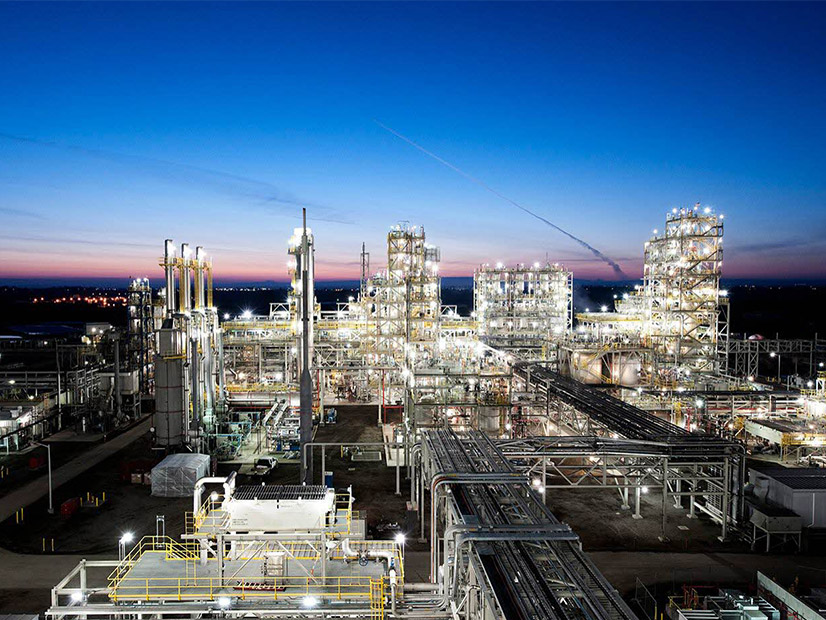The Department of Energy’s recently released National Blueprint for Lithium Batteries begins with a bold vision: establishing a “secure battery materials and technology supply chain” by 2030.
And public-private partnerships will be essential for weaning the U.S. industry off its dependence on China, according to Energy Secretary Jennifer Granholm.
“Right now, China is the only country with control over every tier of the supply chain for critical materials, including lithium,” Granholm said at Monday’s virtual industry roundtable to promote the plan. China has “80% of raw material refining capacity, and the U.S. has virtually none. If we remain reliant on imports, we just simply will not be able to compete in the global market for clean energy technologies,” she said.

“Offshoring our manufacturing jobs [should] not happen to the battery industry,” agreed Chuck Sutton, vice president of polysilicon sales at REC Silicon, which produces polysilicon used in solar panels and batteries. “Our country can’t wait for the supply chain to grow organically through market development alone. The government must step in and co-lead the effort with the industry, supporting the full supply chain from mining, material processing, cell production and on.”
REC’s $1.7 billion Moses Lake facility in Washington state has been closed since 2019, a victim of the U.S.-China trade war, Sutton said. The company last month said it plans to reopen the plant in 2023, based on growing U.S. demand in both the solar and battery storage markets.

Other industry representatives said that to capture lithium-ion market share back from China, Japan and Korea, DOE should focus on next-generation, advanced technologies rather than the current supply chain.
“The U.S. should really aim to leapfrog [to] technologies that create the future, rather than just replicate what already exists in other parts of the world,” said Glen Merfeld, chief technology officer at Albemarle Corp., one of a small number of companies currently mining lithium in the U.S. “So, this really needs to span from resource extraction to advanced materials to end-of-life recycling. A robust U.S. economy and supply chain will need to emphasize speed, collaboration and innovation to be self-sustaining and globally competitive.”
Granholm reeled off a list of funding initiatives the DOE has launched in recent months, including a new $200 million grant program for research on next-generation battery and electric vehicle technologies, announced Monday during the roundtable. The department is putting $62 million into cutting emissions and improving vehicle efficiencies, and another $4 million for projects and technologies that can be used to extract lithium from geothermal brine, she said.
A “critical” public-private partnership will be rolled out soon, Granholm said, without naming names or providing further details.
Building the Mid-tier
Developing the mid-tier supply chain — material refining and cell manufacturing — is another priority in the National Blueprint — and was a focus for speakers at the roundtable, including Rep. Mike Doyle (D-Pa.).

“It’s critical that we ensure that we’re investing in the mid-tier supply chain — battery materials processing and component manufacturing,” Doyle said. “It doesn’t make any sense to me that we would continue shipping critical materials to China to be processed, only for those components to be sent back to us here in the United States to be put in cars. We have the technical know-how, the skilled workforce and the manufacturing facilities to do all of this in the United States.”
To ramp up material processing, the blueprint calls for “the development of materials processing innovations to produce low/no-cobalt active materials and enable scale-up,” as well as “improved processes for existing materials to decrease cost and improve performance that enables a $60/kWh cell cost,” both by 2025.
Tesla is “onshoring” its battery manufacturing with its Gigafactory in Nevada, said Joe Mendelson, senior counsel for policy and business development. “The batteries that are made in Nevada go into vehicles manufactured in California that are sold abroad,” he said. Partnerships for “sustainable extraction” of lithium and ongoing innovation for battery efficiency are also part of the company’s supply chain strategy, he said.

Echoing Merfeld, Lindsay Gorrill, CEO of U.S. battery manufacturer KORE Power, also urged DOE to plan for the continuing evolution of battery chemistries. “The technology and research may lead to different materials in two, five or 10 years,” Gorrill said. “Cathode, anode and electrolyte chemistry and design are evolving exponentially. One should assume that the associated mineral and chemical inputs will evolve as well. It would be beneficial for the government to work as closely as possible with battery cell producers as we look five to 10 years out.”
KORE will soon be announcing the location for its own “gigafactory,” Gorrill said.
Against China’s efforts to dominate the market via government subsidies and unethical labor practices, Sutton said, “the U.S. government needs to use tools besides trade or loan guarantees to stimulate a U.S. manufacturing base. We’ll need support like grants [and] refundable tax credits to build out a supply chain that’s robust enough and large enough to complete on both cost and scale.”
Doyle said he is working on a bill to provide $10 billion in grant funding for companies to build and retool factories to process materials and manufacture battery components. “We have factories all over the Rust Belt [that] with a little investment can be reopened as component manufacturing facilities.”
Recycling Versus Mining
Lithium extraction may be the weakest link in the U.S. battery supply chain, but also the most critical. According to the National Blueprint, the U.S. has 750,000 metric tons of lithium reserves, a sliver of worldwide reserves of 21 million metric tons.
Current efforts to develop lithium mining in the West have run into environmental roadblocks. Lithium Americas has delayed plans to start excavation at its Thacker Pass mine in Nevada while a court decides whether the Bureau of Land Management’s approval of the project, just days before the end of the Trump administration, would violate federal protections for sage grouse habitat.

Hawkstone Mining, an Australian company, is exploring a lithium site in Arizona, where the Hualapai tribe has already raised concerns about the project’s impact on water and sacred cultural sites. More than a decade of efforts to extract lithium from geothermal brine at the Salton Sea in Southern California have yet to fully commercialize and scale the technology.
The challenges of extraction could make battery recycling a key source of lithium and other critical minerals. JB Straubel, co-founder and CEO of Redwood Materials, said his company is “focusing very intensely on inventing the right technologies and scaling the technologies [for] how we most efficiently recover those materials from lithium-ion batteries. We’re using them again with a very high percent [of] utilization, and those materials can get reused dozens, hundreds of times.”
The company on Monday announced it would be expanding its footprint in northern Nevada — both at a new site near Tesla’s Gigafactory and almost tripling the size of its current site. “We’re hiring about 500 people here in the next one or two years,” said Straubel, Tesla’s former CTO. “Recycling is very economically competitive already in the United States. We can compete with prices of mined materials today. We’ve seen a massive amount of feedstock coming in our direction.”
Still another weak spot is the ongoing trade war between China and the U.S. Current trade policies have created “near-term barriers to investing in advanced battery manufacturing here,” Mendelson said. “The 301 tariffs frankly added a 25% tax on upstream inputs in batteries, and at the same time, those tariffs allow a finished lithium-ion battery to come in from China at 7.5%. It’s not exactly the stability and the investment atmosphere you want for folks to come in and expand advanced manufacturing here.”




